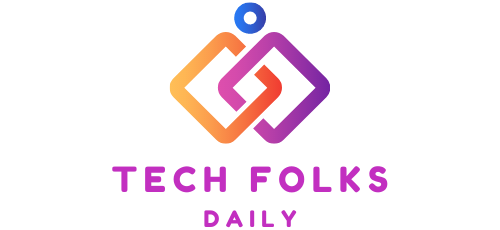E-Health: Digital Health, Digital (And Physical!) Security
Today, the gap between allocated resources and the growing needs of people, understood both as citizens who benefit from healthcare services and as hospitalized patients, can only be eliminated through innovative organizational models implemented by the use of high-performance information technologies.
A radical reversal that will give both public hospitals and private clinics a great opportunity to make that leap forward awaited for years and with significant advantages, which will allow the reduction of management costs of services, services, and admissions. While improving the efficiency of medical personnel.
Digital: beautiful but risky
The massive use of data and algorithms to digitize healthcare will lead to a paradigm shift in the management of the flow of the patient’s clinical (diagnostic imaging) and personal information (medical records and electronic health records), but above all, the data collected by telemedicine applications, for example, those coming from the integration of diagnostic tools, or from the complex network of IoMT sensors (Internet of Medical Things), wearable instrumentation used in the developing smart health healthcare.
However, this decisive support given by digital instrumentation in all phases of health services and operational activities will increasingly expose the various organizations (public/private) to growing physical and logical security risks (data theft, functional blocks of devices, hacking, etc.), typical of digital infrastructures.
From digital … to physical
But the vulnerabilities of a hospital infrastructure are not limited, trivially, only to the risks produced by this nascent digital enlightenment because the new dangers will always be added to the historical ones, now chronic (theft, damage, vandalism, theft of drugs, etc.).
Well, the specialized operators will make the difference in the health sector, precisely by working on these vulnerabilities, whether new or old (malicious, negligent, environmental, etc.), and despite which constant supply must always be guaranteed over the briefcases of all medical services at the highest level of efficiency.
Integrated solutions
But to achieve certain results, integrated technological solutions are required, which only verticalized and specialized operators can offer to complex structures such as hospitals, private clinics, rehabilitation centers, hospitalization or assistance facilities for the elderly, and scientific research centers.
Solutions that will respond incisively to the many pitfalls of the sector; we are therefore talking about safety and protection systems for people, the protection of company assets, health information security solutions, safety systems(fire prevention, smoke detection, evac, emergency lighting), the safety of medical gas systems, building automation systems for the management of buildings and structures (hospital wards, diagnostic laboratories, operating departments, etc.).
Specialization
But the market will also be careful in supplying particular technological products created to meet the stringent needs of the hospital sector, made with specific antibacterial materials, thus conforming to the European regulations of the sector! On the other hand, the other incredible opportunity that specialized operators have taken up, as well as a technological challenge, is that of making all analog systems built up to now in the last thirty years smart, integrating specific techniques and solutions into a single functional digital ecosystem, which contributes to optimizing operating costs, improving building performance, internal health safety and facilitating the work of all healthcare personnel, because the effectiveness of the technology will allow them to focus exclusively on patient care.
Today, the gap between allocated resources and the growing needs of people, understood both as citizens who benefit from healthcare services and as hospitalized patients, can only be eliminated through innovative organizational models implemented by the use of high-performance information technologies. It can only be eliminated through innovative organizational models implemented by the use of high-performance information technologies.
A radical reversal that will give both public hospitals and private clinics a great opportunity to make that leap forward awaited for years and with significant advantages, which will allow the reduction of management costs of services, services, and admissions. At the same time, improving the efficiency of medical personnel.
A radical reversal that will give both public hospitals and private clinics a great opportunity to make that leap forward, awaited for years and with significant advantages, which will allow the reduction of management costs of services, services, admissions. , while improving the efficiency of medical personnel. It can only be eliminated through innovative organizational models implemented using high-performance information technologies.
A radical reversal that will give both public hospitals and private clinics a great opportunity to make that leap forward awaited for years and with significant advantages, which will allow the reduction of management costs of services, services, and admissions. At the same time, improving the efficiency of medical personnel.
Also Read : Jewellery: Where The Professional Can Make The Difference




